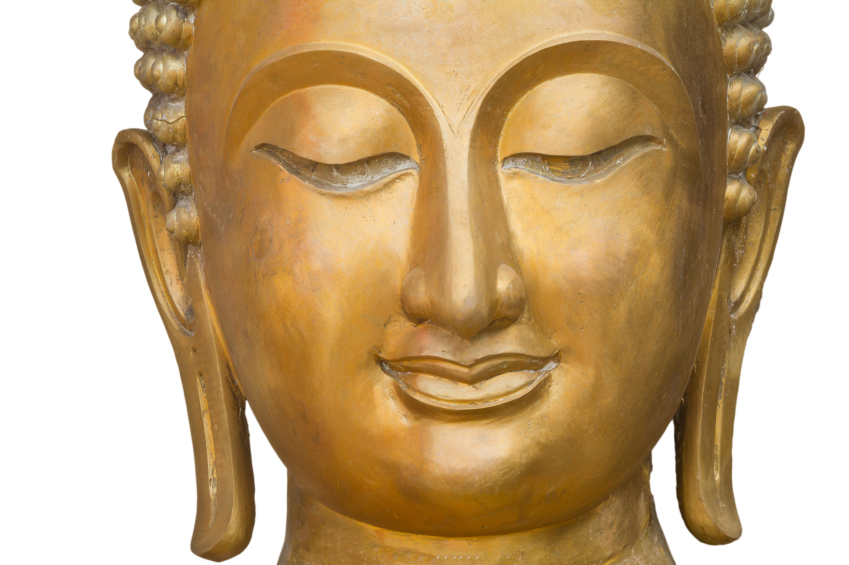By: Jenna Trubschenck, M.S. PA-C

Ear gauges have become a prominent part of urban fashion for young people in Western culture. And, although not always referred to as “gauging”, earlobe stretching has been around for ages.
One of the earliest instances can be found on the mummified body of Ötzi the Iceman (3300 BCE), found in the Italian Alps. Stretched earlobes have historically been a status symbol throughout the world. The Egyptian Pharaohs were often depicted as having stretched earlobes, including the famous King Tutankhamen. Mayan kings, Incan noblemen, and African tribal leaders are all examples of high-status people whose ears were elongated by large jewelry. Even Gautama Buddha wore heavy earrings as a status symbol. He eventually renounced his riches, but his dramatically stretched earlobes are always depicted to show his sacrifice.
But the Buddha didn’t need to go on job interviews! Do stretched earlobes have to be permanent? No — dermatologists can repair them with surgery.
We advise patients requesting earlobe repair to go a period of time before surgical revision. Although most gauges between 9-12 mm or larger will not heal on their own (and smaller ones might not either — everyone’s ears can heal differently), we generally recommend 4-6 months with no earrings to allow your tissue to shrink up as much as it can on its own.
After that, the surgical procedure to close gauges can be done in office (we do it here at SBC) under local anesthesia. Part of the stretched area is removed, and the lobe is stitched together to form a natural shape. The anesthetizing itself is the procedure’s only discomfort, which lasts for 10-15 seconds.
A similar procedure is the repair of lobes that have ripped from traumatic force, or that have ripped with the use of heavy earrings over time. These can also be repaired under a local anesthetic.
